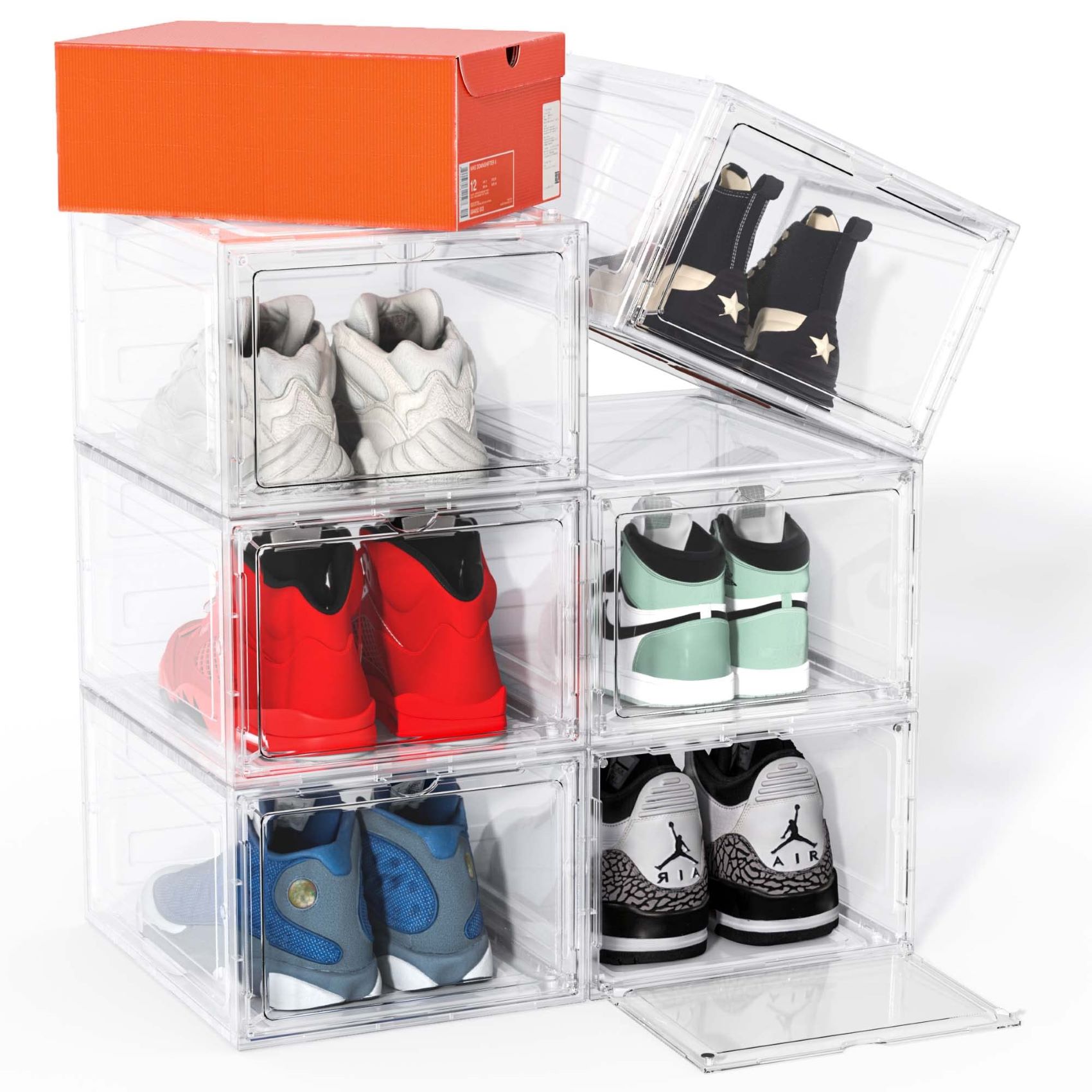

Articles
How To Store Shoe Boxes
Modified: January 18, 2024
Discover expert articles on how to store shoe boxes and keep your footwear organized and protected.
(Many of the links in this article redirect to a specific reviewed product. Your purchase of these products through affiliate links helps to generate commission for Storables.com, at no extra cost. Learn more)
Introduction
Welcome to our guide on how to store shoe boxes! If you’re someone who loves their shoes and has accumulated a collection over time, proper storage is essential to maintain their condition and prolong their lifespan. Shoe boxes not only protect your footwear from dust, dirt, and potential damage, but they also help you keep your closet or storage area organized and clutter-free. In this article, we will provide you with some valuable tips and techniques to help you effectively store your shoe boxes.
To accomplish this, we will start by listing the materials you will need for this storage project. Then, we will guide you through the process of choosing a suitable storage area and organizing your shoe boxes. We will cover the methods of stacking or arranging the shoe boxes to maximize space and ease of access. Additionally, we will discuss the importance of labeling the shoe boxes and explore different strategies for storing your shoes within the boxes. Finally, we will offer some extra tips and tricks to optimize your shoe box storage system.
Whether you have a small shoe collection or an extensive one, our comprehensive guide will help you create a system that suits your needs and protects your beloved shoes. Let’s dive in and learn how to store shoe boxes effectively!
Key Takeaways:
- Proper shoe box storage involves gathering essential materials, choosing a suitable storage area, organizing, labeling, and storing shoes effectively. By following these steps, you can create an organized and efficient system that preserves and showcases your beloved shoe collection.
- Additional tips such as rotating shoes, utilizing space-saving techniques, and considering alternative storage solutions can further optimize your shoe box storage system. Regular maintenance and decluttering can ensure your shoes remain well-protected and easily accessible for years to come.
Read more: How To Store Shoes In Boxes
Materials Needed
Before you begin organizing and storing your shoe boxes, it’s essential to gather the necessary materials. Having these items on hand will make the process much more efficient and ensure that you can properly protect your shoes. Here are the materials you’ll need for this project:
- Shoe Boxes: Of course, you’ll need the shoe boxes themselves. If you’ve kept the original boxes that came with your shoes, those will work perfectly. If not, you can find shoe storage boxes at home goods stores or online.
- Plastic Bags or Shoe Sleeves: To add an extra layer of protection, consider using plastic bags or shoe sleeves to place your shoes inside the boxes. This will prevent any potential damage from moisture or dust.
- Packing Paper or Tissue Paper: To further safeguard your shoes from scuffs or scratches, have some packing paper or tissue paper on hand. You can use these to wrap your shoes before placing them in the boxes.
- Labels and Marker: To easily identify the contents of each shoe box, gather some labels and a marker. This will come in handy when you’re looking for a specific pair of shoes and want to avoid the hassle of searching through multiple boxes.
- Shelving or Storage Containers: Depending on the storage area you choose, you may need shelving units or storage containers to neatly organize and stack your shoe boxes. Make sure you have the necessary storage options to accommodate the size and quantity of your shoe collection.
- Dust or Moisture Protectors: Lastly, if you want to provide extra protection for your shoe boxes and their contents, consider investing in dust or moisture protectors. These can be in the form of non-woven fabric bags or plastic covers specifically designed for shoe storage.
Having these materials readily available will make the process of storing your shoe boxes much smoother. Now that you’re prepared let’s move on to choosing a suitable storage area!
Choose a Suitable Storage Area
When it comes to storing your shoe boxes, it’s important to select a suitable storage area that will keep your boxes safe and easily accessible. Consider the following factors when choosing the perfect spot:
1. Space: Evaluate the available space in your home or closet to determine the best location for your shoe box storage. Consider both the vertical and horizontal space. If you have limited floor space, opt for vertical storage solutions like shelves or stackable shoe racks. If you have ample floor space, you may consider using under-bed storage containers.
2. Accessibility: Choose an area that allows for convenient access to your shoe boxes. If you frequently rotate your shoe collection or need to access specific pairs frequently, ensure that the storage area is easily reachable without any hassle.
3. Climate Control: It’s important to store shoe boxes in a climate-controlled environment, especially if you live in an area with extreme temperatures or high humidity. Avoid storing shoe boxes in areas prone to excessive moisture, such as basements or damp closets, as this can promote mold growth and damage your shoes.
4. Protection: Look for a storage area that provides adequate protection against dust, light, and potential pests. If your storage area doesn’t have built-in protection, you can use plastic covers or fabric dust bags to shield your shoe boxes.
5. Organization: Consider how you want to organize your shoe boxes. If you prefer to categorize them by style or color, choose a storage area that allows for easy segregation and sorting. This will make it simpler for you to find the shoes you’re looking for without having to dig through multiple boxes.
6. Aesthetics: If you want your shoe box storage to blend seamlessly with your existing décor, opt for storage options that match your style and aesthetic preferences. This can include choosing containers or shelves with a similar color or design as your furniture.
By considering these factors, you can select a storage area that not only keeps your shoe boxes organized and protected but also complements your living space. Once you’ve chosen the perfect spot, it’s time to move on to organizing your shoe boxes!
Organizing Shoe Boxes
When it comes to organizing your shoe boxes, there are several strategies you can employ to make the most of your storage space and keep everything neat and tidy. Here are some tips to help you organize your shoe boxes effectively:
1. Sort by Category: Begin by sorting your shoe boxes into categories. You can arrange them by shoe type (e.g., sneakers, heels, sandals), usage (e.g., everyday, formal, athletic), or even seasonality. This will make it easier for you to locate specific pairs when needed.
2. Utilize Dividers: If you have larger storage containers or shelves, consider using dividers to create separate compartments for each shoe box. You can use adjustable dividers or even repurpose items like empty shoe or sweater boxes to create dividers.
3. Optimize Vertical Space: Maximize your storage space by stacking your shoe boxes vertically. This allows you to utilize the height of your storage area effectively. However, make sure not to stack them too high to prevent stability issues or difficulty in accessing the boxes at the bottom. Consider using stackable shoe racks or shelves for this purpose.
4. Arrange by Accessibility: If you rotate your shoe collection frequently or have favorite pairs that you wear more often, place those shoe boxes within easy reach. For example, you can place them on the lower shelves or in front of other boxes for quick and convenient access.
5. Consider Box Sizes: If your shoe boxes vary in size, consider organizing them based on their dimensions. This can help create a more uniform and visually appealing storage arrangement.
6. Leave Extra Space: If you anticipate expanding your shoe collection in the future, leave some extra space for additional shoe boxes. This will save you from having to reorganize everything later on when you acquire more pairs.
7. Remove Unnecessary Packaging: If your shoe boxes come with additional packaging materials, such as tissue paper or foam inserts, consider removing them to save space. Keep the original packaging only if it’s necessary for protecting your shoes.
By following these organizing tips, you can create a functional and efficient system for your shoe boxes. Next, let’s explore the options for stacking or arranging the shoe boxes in your storage area!
Stack or Arrange Shoe Boxes
Deciding how to stack or arrange your shoe boxes is an important step in creating an organized and accessible storage system. Consider the available space and the number of shoe boxes you have as you determine the best method for your needs. Here are some options to consider:
1. Stack Vertically: If you have limited floor space but plenty of vertical space, stacking your shoe boxes vertically is a space-saving solution. Start by placing the larger, heavier boxes at the bottom as a stable base. Then, stack the smaller boxes on top. Make sure to stack them securely to prevent any toppling or sliding.
2. Use Shoe Racks: Invest in stackable shoe racks or shelves to create an organized and easily accessible display for your shoe boxes. These racks are designed to hold multiple boxes, providing stability and a clean look. Arrange the shoe boxes on the racks based on your preferred organization method, such as by shoe type or color.
3. Utilize Under-Bed Storage: If you have limited closet or floor space, under-bed storage containers can be an excellent option for organizing shoe boxes. These containers are specifically designed to fit under your bed and can hold multiple shoe boxes. Simply slide them under your bed and access your shoes easily whenever needed.
4. Opt for Clear Storage Containers: Transparent storage containers allow you to see the contents of each shoe box without having to open them. This makes it easier to find the pair you’re looking for. Stack the clear containers in your storage area, making sure they’re stable and secure. Label the front or top of each box for quick identification.
5. Arrange in Cubbies or Compartments: If you have built-in cubbies or compartments in your closet or storage area, take advantage of them to organize your shoe boxes. Assign each cubby or compartment to a specific category or type of shoe, making it easy to locate the box you need without any hassle.
6. Create a Wall-mounted Display: For those who want to showcase their shoe collection, consider creating a wall-mounted display for your shoe boxes. Install floating shelves or wall-mounted cubbies to arrange and display your shoe boxes in an aesthetically pleasing manner. This option not only keeps your shoes organized but also adds a unique and stylish element to your room.
Choose the method that suits your space and preferences, keeping in mind the stability and organization of your shoe boxes. Once you have arranged them, the next step is labeling!
Store shoe boxes in a cool, dry place to prevent them from getting damaged by moisture or heat. Keep them stacked neatly to save space and make it easier to find the shoes you’re looking for.
Read more: How To Ship Shoe Boxes
Labeling Shoe Boxes
Labeling your shoe boxes is an essential step in creating an organized and efficient storage system. By clearly identifying the contents of each box, you can easily find the pair of shoes you’re looking for without having to open and search through multiple boxes. Here are some tips for effectively labeling your shoe boxes:
1. Use Clear and Legible Labels: Opt for clear and legible labels that can be easily read at a glance. You can use adhesive labels or stickers that adhere well to the surface of the shoe box. Alternatively, you can use a label maker for a professional and neat appearance.
2. Include Detailed Information: Consider including detailed information on the labels to provide additional context. This can include the shoe brand, style, color, or any other relevant information that will help you quickly identify the shoes inside the box.
3. Label the Front or Top: Place the labels on the front or top of the shoe box for easy visibility. This allows you to easily scan and locate the specific shoe box you need without having to shift or move other boxes.
4. Use Color-Coded Labels: If you prefer a visual organization system, consider using color-coded labels. Assign a specific color to each shoe category or type, such as blue for sneakers, red for heels, or green for boots. This method can offer a quick and intuitive way to identify the boxes you’re searching for.
5. Arrange Labels in a Grid Format: For a systematic and consistent look, arrange the labels in a grid format. This not only creates a visually pleasing layout but also helps maintain consistency and organization throughout your shoe box storage system.
6. Update Labels as Needed: As your shoe collection evolves, you may acquire new pairs or replace existing ones. Make sure to update the labels accordingly to reflect any changes. This will ensure that your storage system remains accurate and up to date.
7. Consider a Digital Inventory: If you have an extensive shoe collection and want to go the extra mile, consider creating a digital inventory of your shoes. Take photos of each pair and create a corresponding database or spreadsheet. Include a reference number or barcode on the shoe boxes and link it to your digital inventory for easy tracking and retrieval.
By labeling your shoe boxes in a clear and organized manner, you can save time and frustration when searching for a specific pair. Let’s move on to the next step in effectively storing your shoes in the shoe boxes!
Storing Shoes in Shoe Boxes
Once you have organized and labeled your shoe boxes, it’s time to properly store your shoes within them. Here are some tips to help you store your shoes effectively:
1. Clean and Prep Your Shoes: Before placing your shoes in the boxes, make sure they are clean and dry. Remove any dirt or debris and allow them to air dry, especially if they have been recently worn or exposed to moisture. This will help prevent odors and maintain the condition of your shoes.
2. Use Plastic Bags or Shoe Sleeves: To provide an extra layer of protection, consider placing your shoes in plastic bags or shoe sleeves before placing them inside the shoe boxes. This will help prevent scuffs and scratches and keep your shoes in pristine condition.
3. Stuff Shoes with Tissue Paper or Packing Paper: To maintain the shape and structure of your shoes, stuff them with tissue paper or packing paper. This will help prevent any creasing or deformation that may occur during storage.
4. Place Shoes Neatly: Arrange your shoes in a neat and organized manner within the shoe boxes. Avoid overcrowding to prevent any unnecessary pressure or damage to the shoes. If you have shoe pairs with separate components, such as sandal sets or boots with detachable liners, make sure to keep them together in the same box.
5. Categorize by Shoe Type or Usage: To make it easier to find specific shoes later, consider categorizing them within the boxes. You can separate them by shoe type, such as sneakers, heels, or flats, or by usage, such as everyday shoes, formal shoes, or athletic shoes.
6. Stack Similar Shoes Together: If you have multiple pairs of similar shoes, such as different colors of the same style, consider stacking them together within the boxes. This will save space and help you locate the specific pair you’re looking for quickly.
7. Close and Seal the Shoe Boxes: Once your shoes are placed inside the boxes, close and seal the shoe boxes securely. This will help protect your shoes from dust, light, and potential damage. Ensure the boxes are tightly closed to prevent any air or moisture from entering.
8. Store in a Cool and Dry Environment: Find a cool, dry location to store your shoe boxes. Avoid areas that are exposed to direct sunlight or extreme temperatures as they can cause damage to the shoes. Consider climate-controlled storage areas or closets to maintain optimal conditions.
By following these guidelines, you can ensure that your shoes are stored safely and maintain their quality over time. Now that you know how to store your shoes in shoe boxes, let’s explore some additional tips and tricks for efficient shoe box storage!
Additional Tips for Shoe Box Storage
Here are some additional tips and tricks to optimize your shoe box storage system:
1. Rotate Your Shoes: to prevent extended periods of inactivity and potential damage, consider rotating your shoes regularly. By alternating the pairs you wear, you can ensure that all of your shoes are used and well-maintained.
2. Take Advantage of Space-Saving Techniques: to make the most of your storage area, utilize space-saving techniques such as hanging shoe organizers or over-the-door shoe racks. These options can help maximize vertical space and keep your shoes easily accessible.
3. Consider Shoe Box Alternatives: if you find that traditional shoe boxes are taking up too much space, look into alternative storage solutions. Clear plastic bins or stackable storage containers can be a more efficient option for shoe storage, offering better visibility and easier access to your shoes.
4. Maintain Consistent Box Sizes: if possible, try to use shoe boxes of the same or similar sizes. Consistent box sizes make stacking and organizing much easier and give your storage area a more uniform and streamlined appearance.
5. Take Advantage of Wall Space: if you have limited floor space, consider utilizing wall space for shoe storage. Install shelves or hooks on the walls to hang or display your shoes in an organized and visually appealing way.
6. Protect Specialized Shoes: for shoes with delicate or specialized materials, consider using shoe-specific storage solutions. For example, use acid-free tissue paper to protect leather shoes or shoe bags for delicate fabrics like satin or silk.
7. Regularly Inspect and Maintain: periodically check your shoe boxes and shoes for any signs of damage, pests, or moisture. This will allow you to address any issues promptly and ensure that your shoes remain in excellent condition.
8. Donate or Dispose: if you find that your shoe collection has grown too large or there are pairs you no longer wear, consider donating them to a charity or properly disposing of them. This will help declutter your storage area and make room for new additions.
By implementing these additional tips, you can optimize your shoe box storage system and ensure that your shoes are well-protected and easily accessible. Now that you have a comprehensive understanding of shoe box storage, it’s time to put your knowledge into action and create a functional and organized shoe storage system that suits your needs!
Remember, proper storage not only preserves your shoes but also allows you to showcase and enjoy your collection for years to come.
Conclusion
Properly storing shoe boxes is crucial for maintaining the condition and longevity of your shoes. By following the tips and techniques outlined in this guide, you can create an organized and efficient shoe box storage system that protects your footwear and keeps your space clutter-free. From selecting a suitable storage area to organizing, labeling, and storing your shoes, each step plays an essential role in ensuring easy access and preservation of your beloved shoe collection.
Remember to gather the necessary materials, including shoe boxes, plastic bags or shoe sleeves, labels, packing paper, and storage containers, to effectively store your shoes. Choose a storage area that provides adequate space, accessibility, climate control, and protection against dust and pests. Organize your shoe boxes by category and employ space-saving techniques such as stacking vertically or using specialized storage racks. Label each box clearly, making it easier to locate specific pairs when needed.
When storing your shoes, clean and prep them beforehand, use plastic bags or shoe sleeves for added protection, and arrange them neatly within the boxes. Consider categorizing by shoe type or usage and close and seal the boxes securely. Store your shoe boxes in a cool, dry environment to prevent damage and maintain the quality of your shoes.
In addition to the primary steps, keep in mind the importance of rotating your shoes, utilizing space-saving techniques, and considering alternative storage solutions. Regularly inspect and maintain your shoe boxes and shoes to address any issues promptly. And if necessary, donate or dispose of shoes that are no longer in use to declutter your storage area.
By implementing these strategies and tips, you can create an efficient and organized shoe box storage system that protects and showcases your shoes for years to come. Enjoy the benefits of an uncluttered closet, easy accessibility, and the peace of mind of knowing your shoe collection is well-preserved.
So, let’s get started and transform your shoe storage from a jumble to a stylish and practical system!
Frequently Asked Questions about How To Store Shoe Boxes
Was this page helpful?
At Storables.com, we guarantee accurate and reliable information. Our content, validated by Expert Board Contributors, is crafted following stringent Editorial Policies. We're committed to providing you with well-researched, expert-backed insights for all your informational needs.
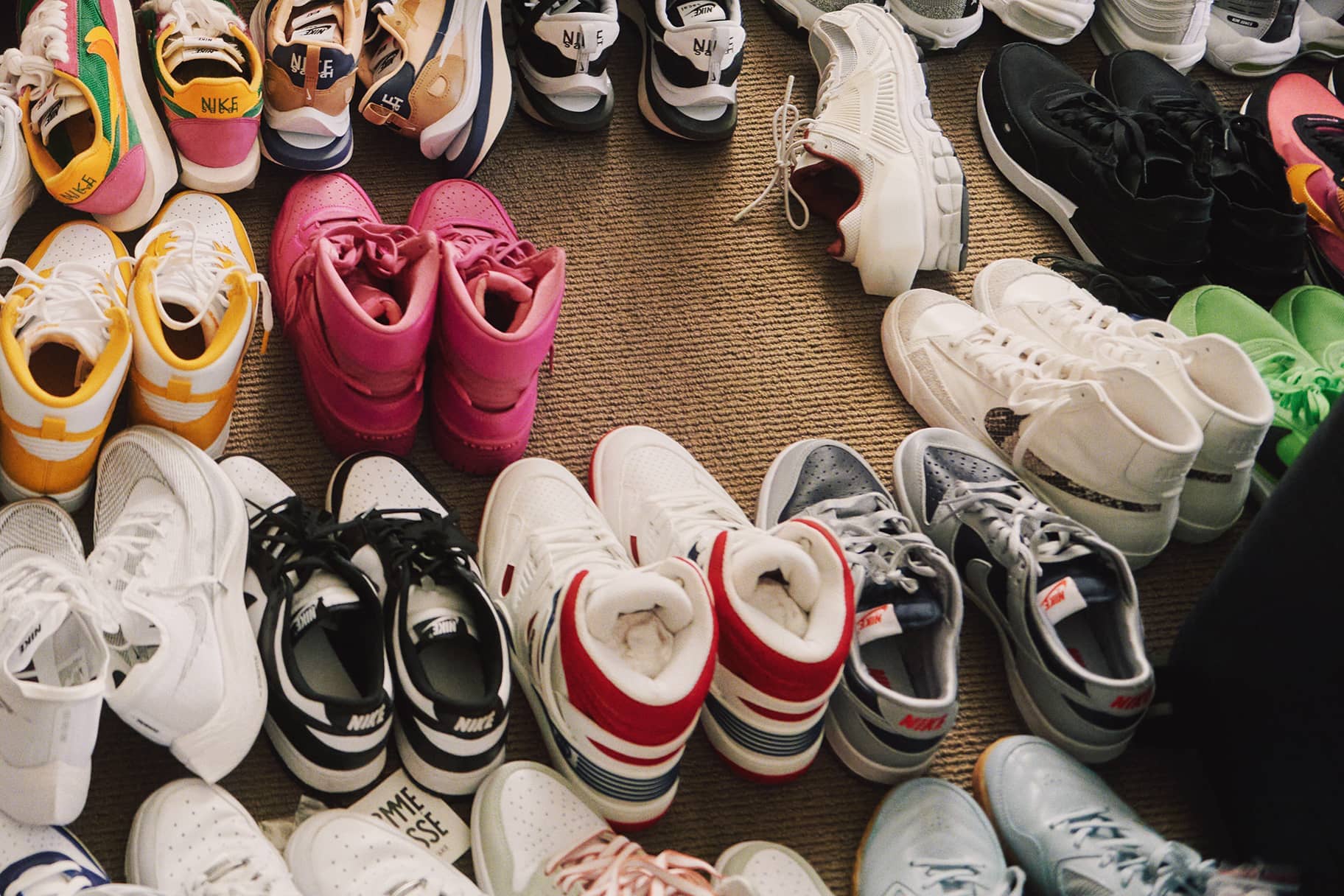
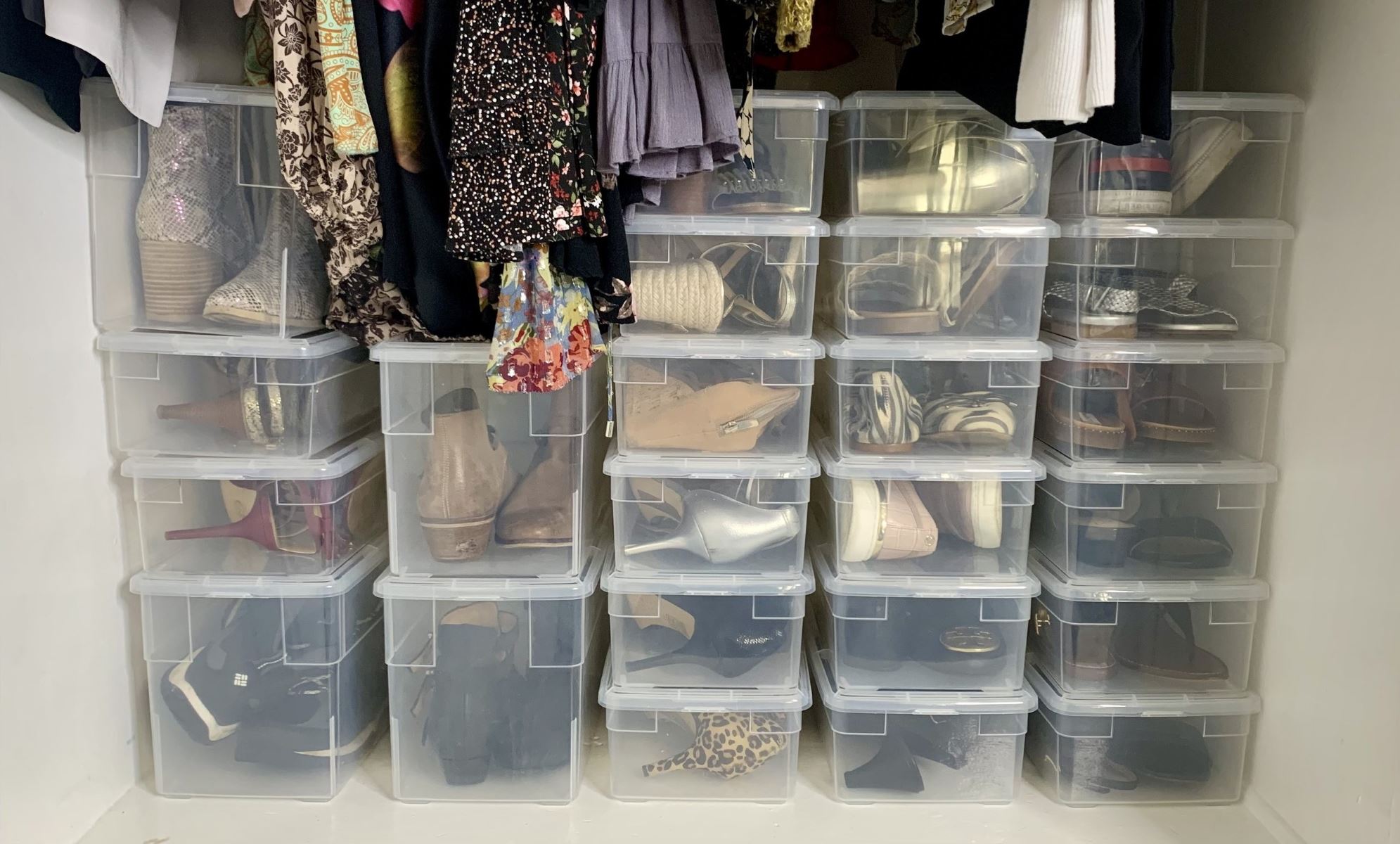
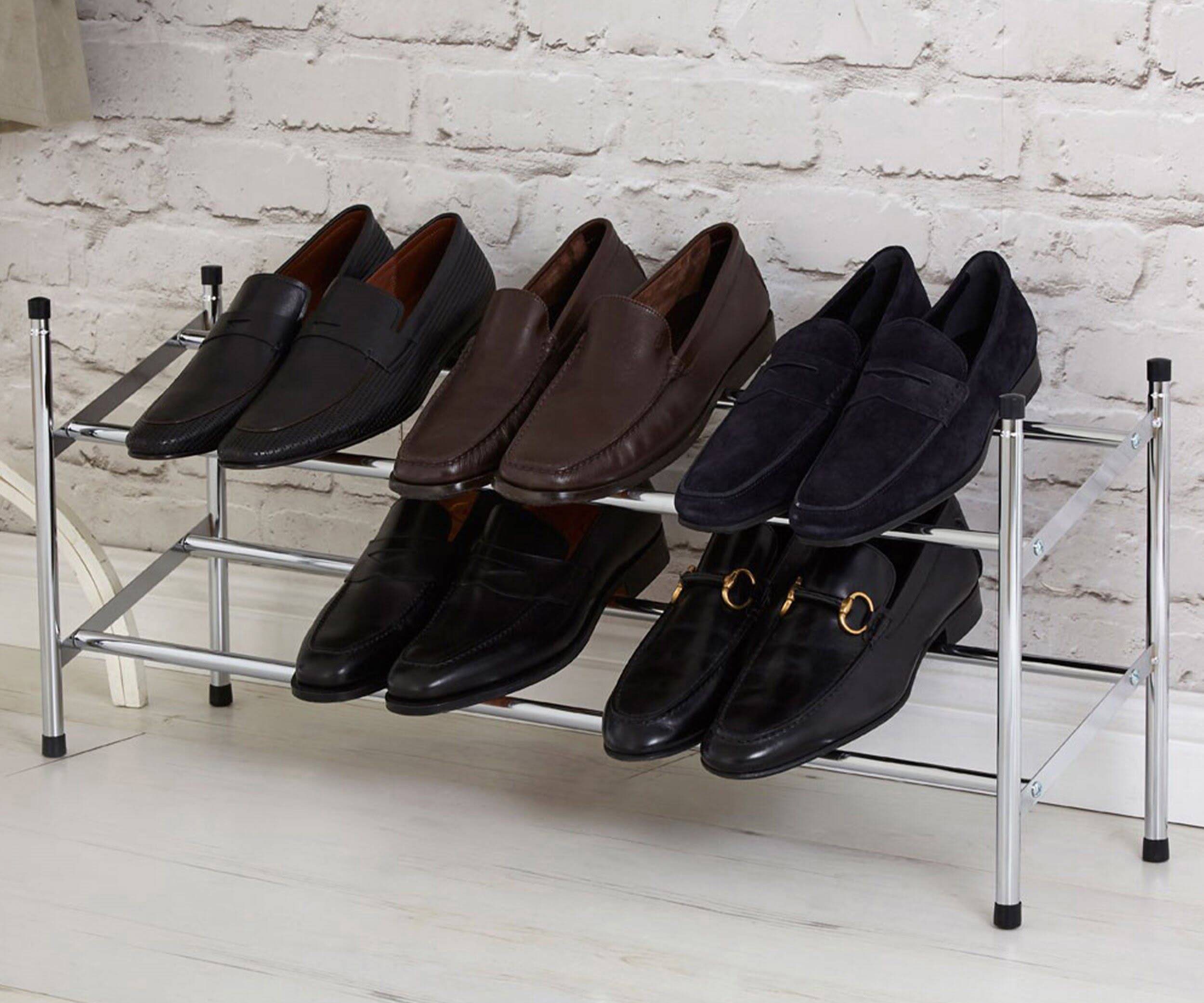
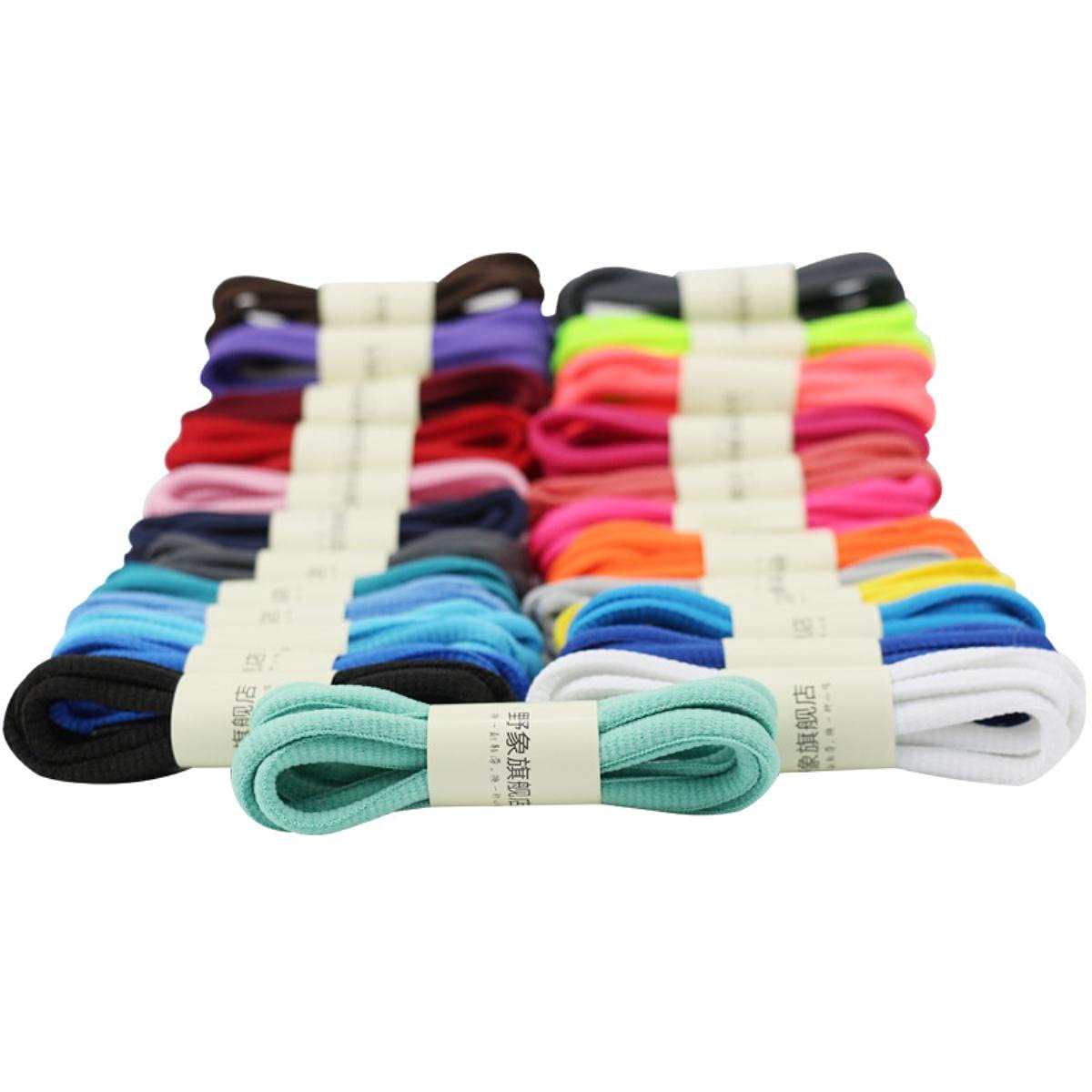
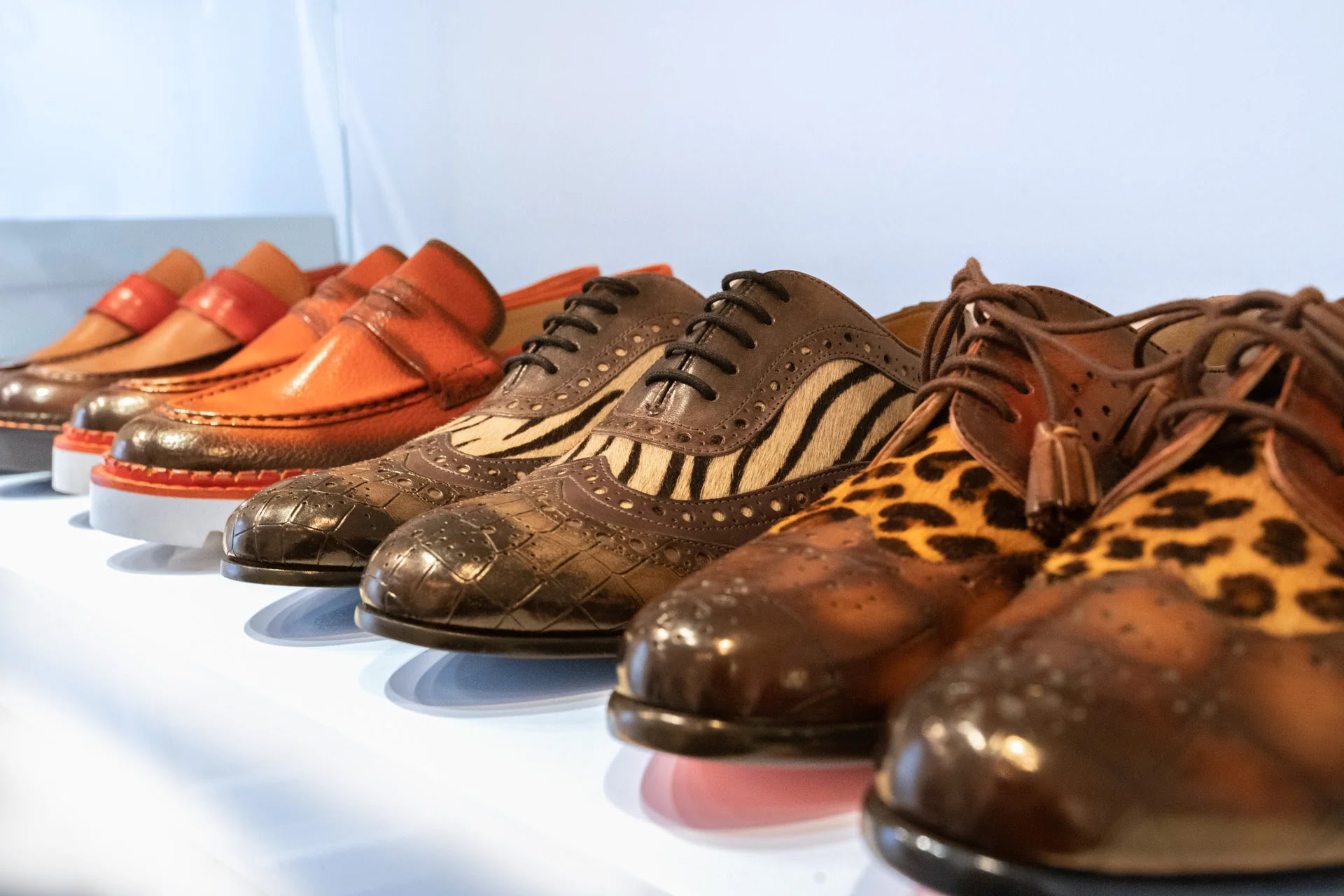
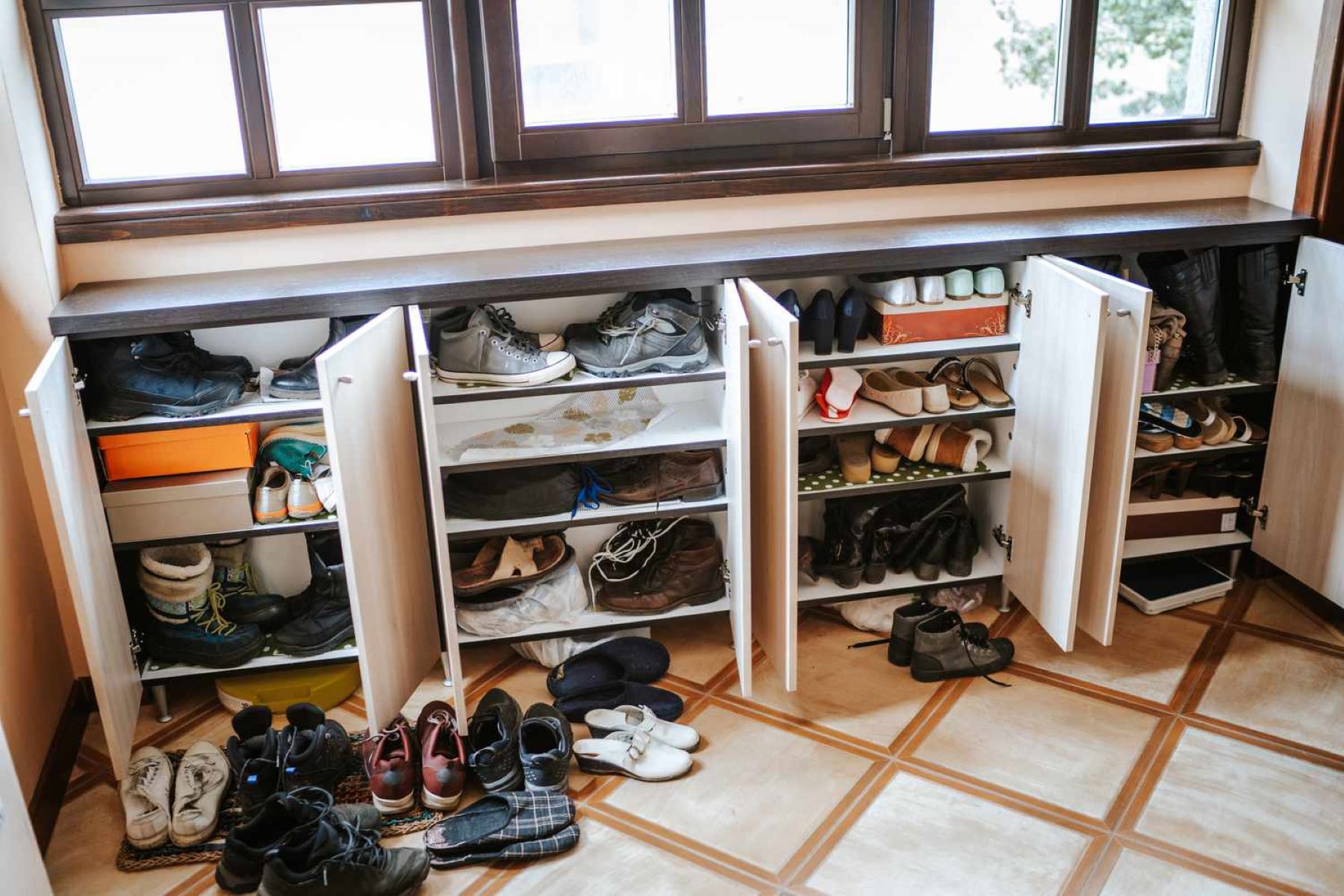

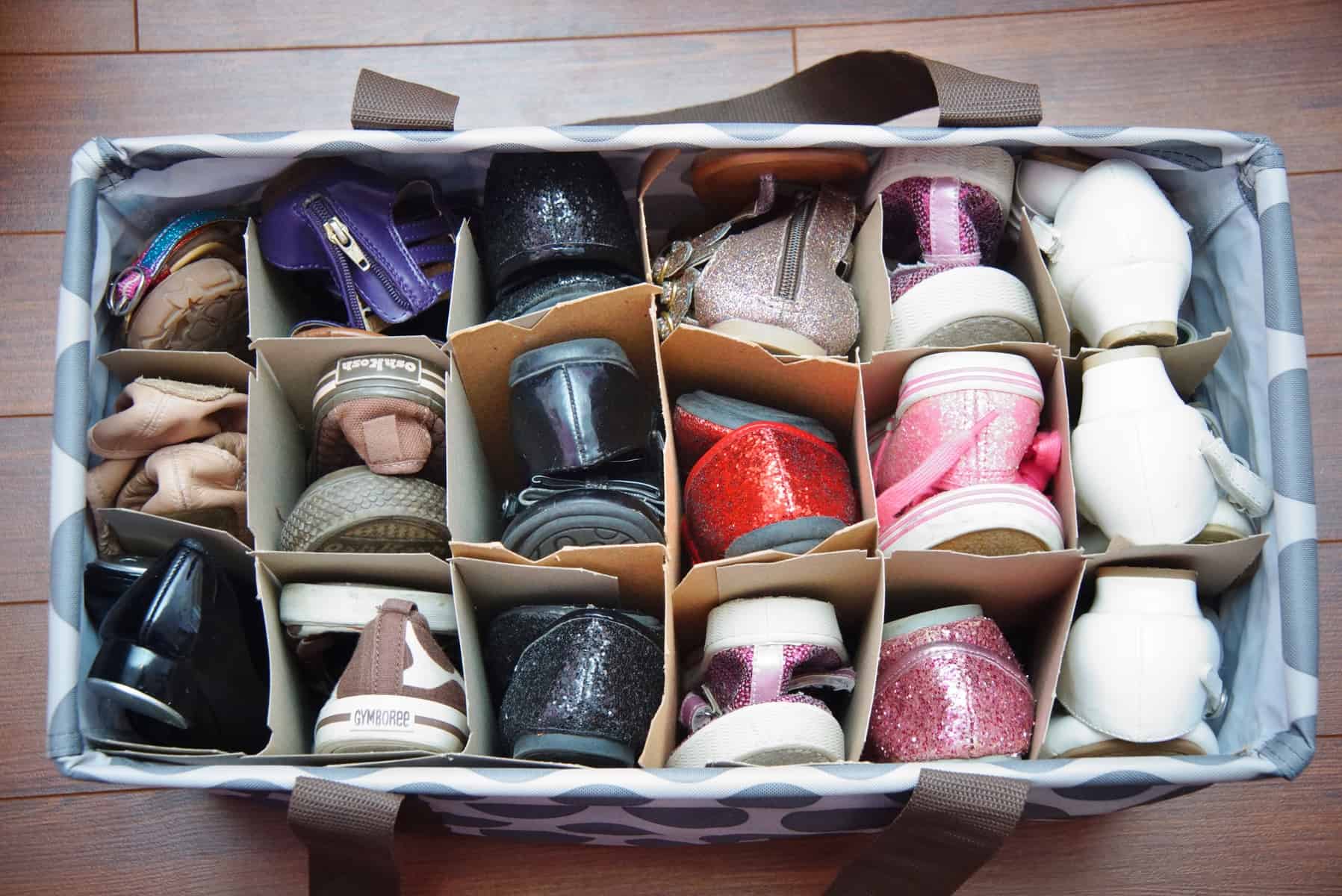
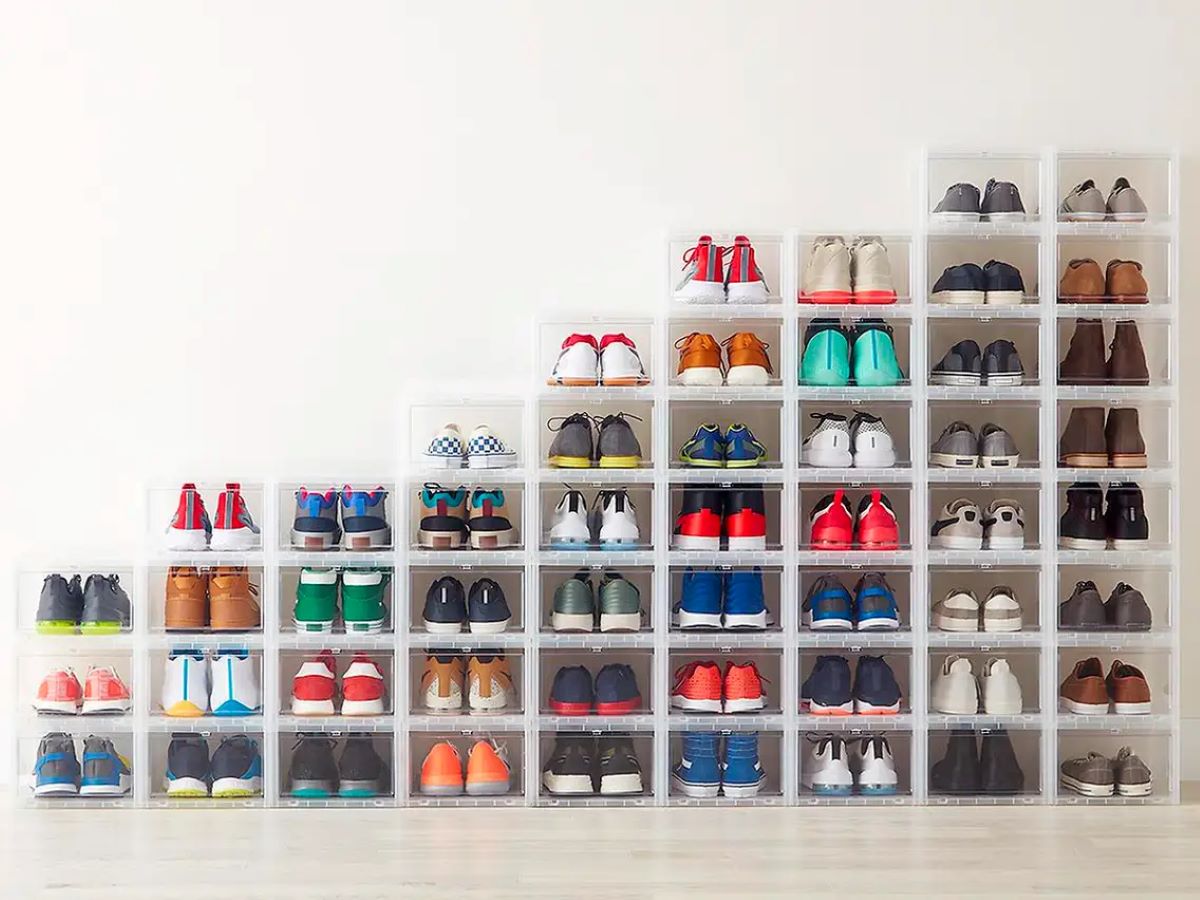
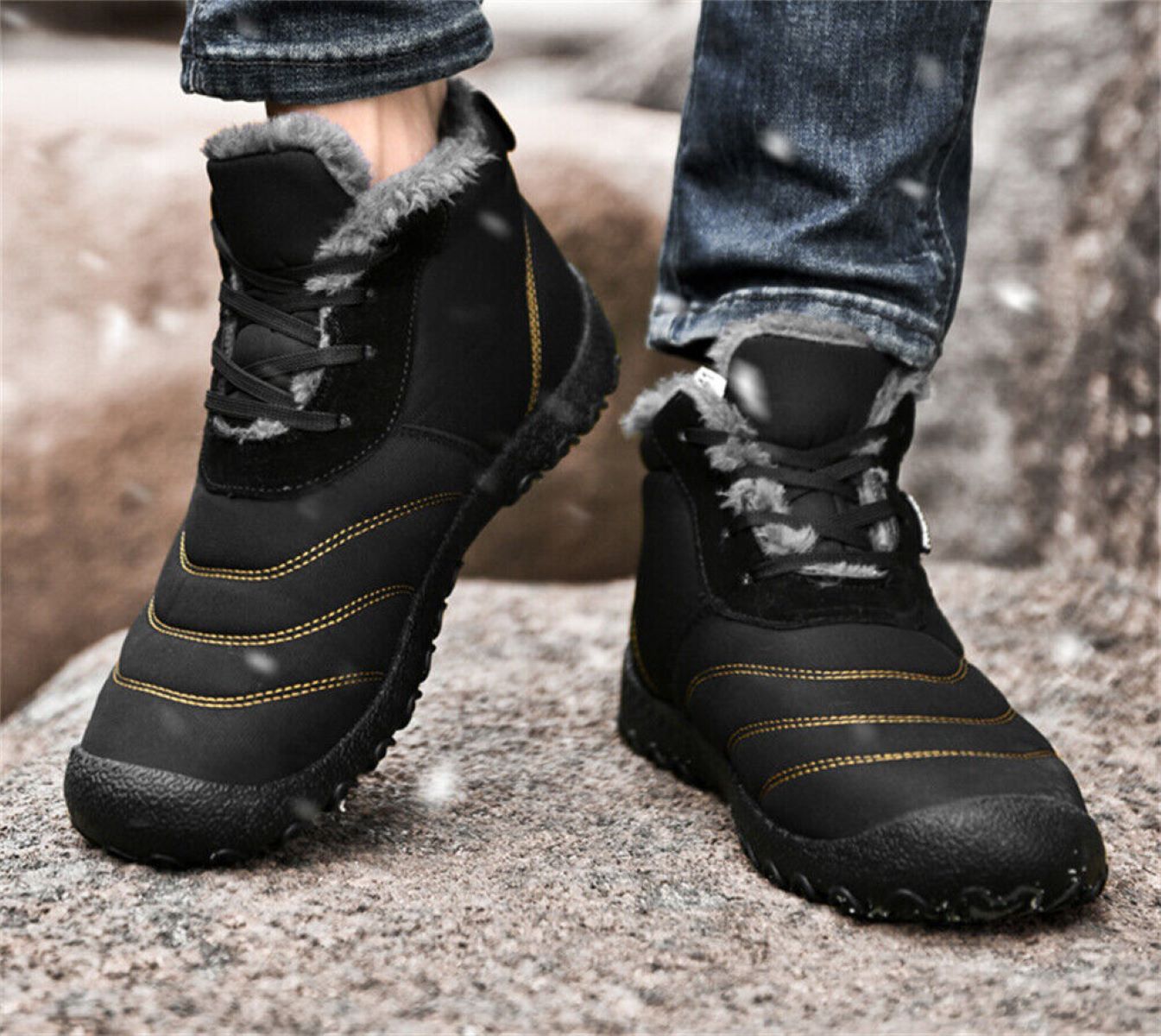
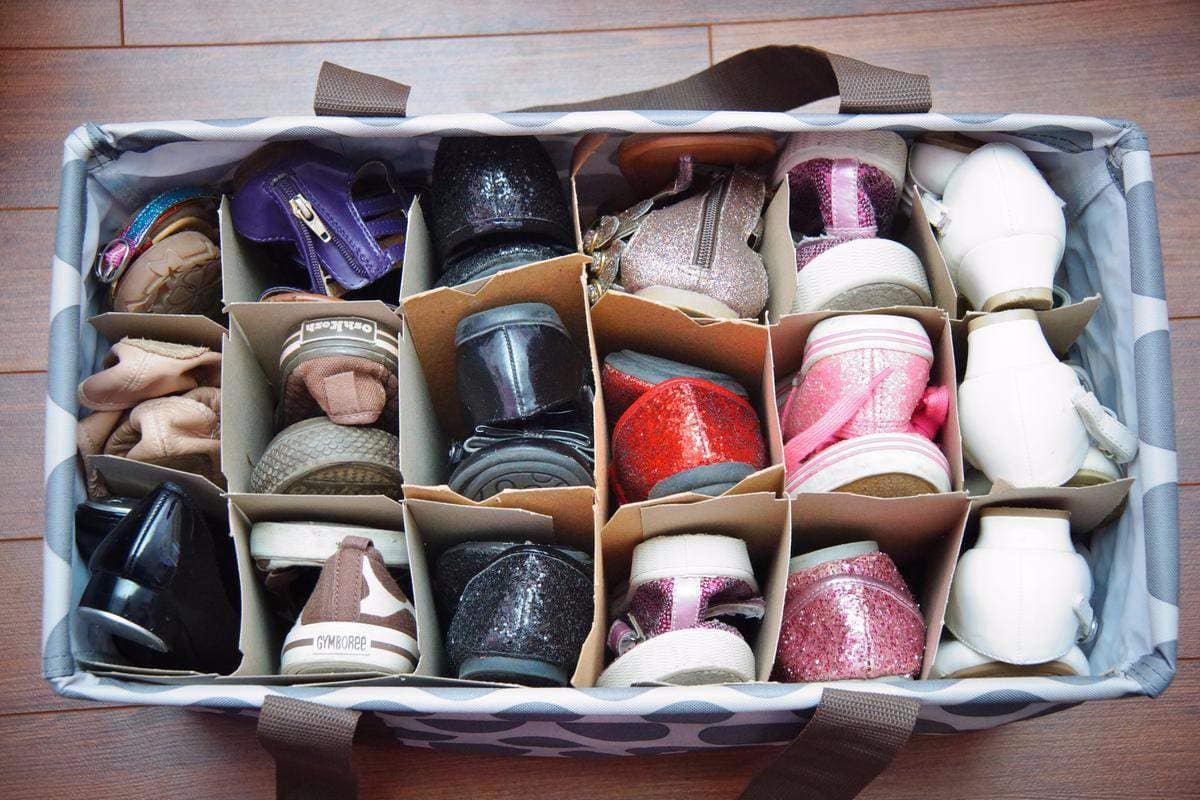
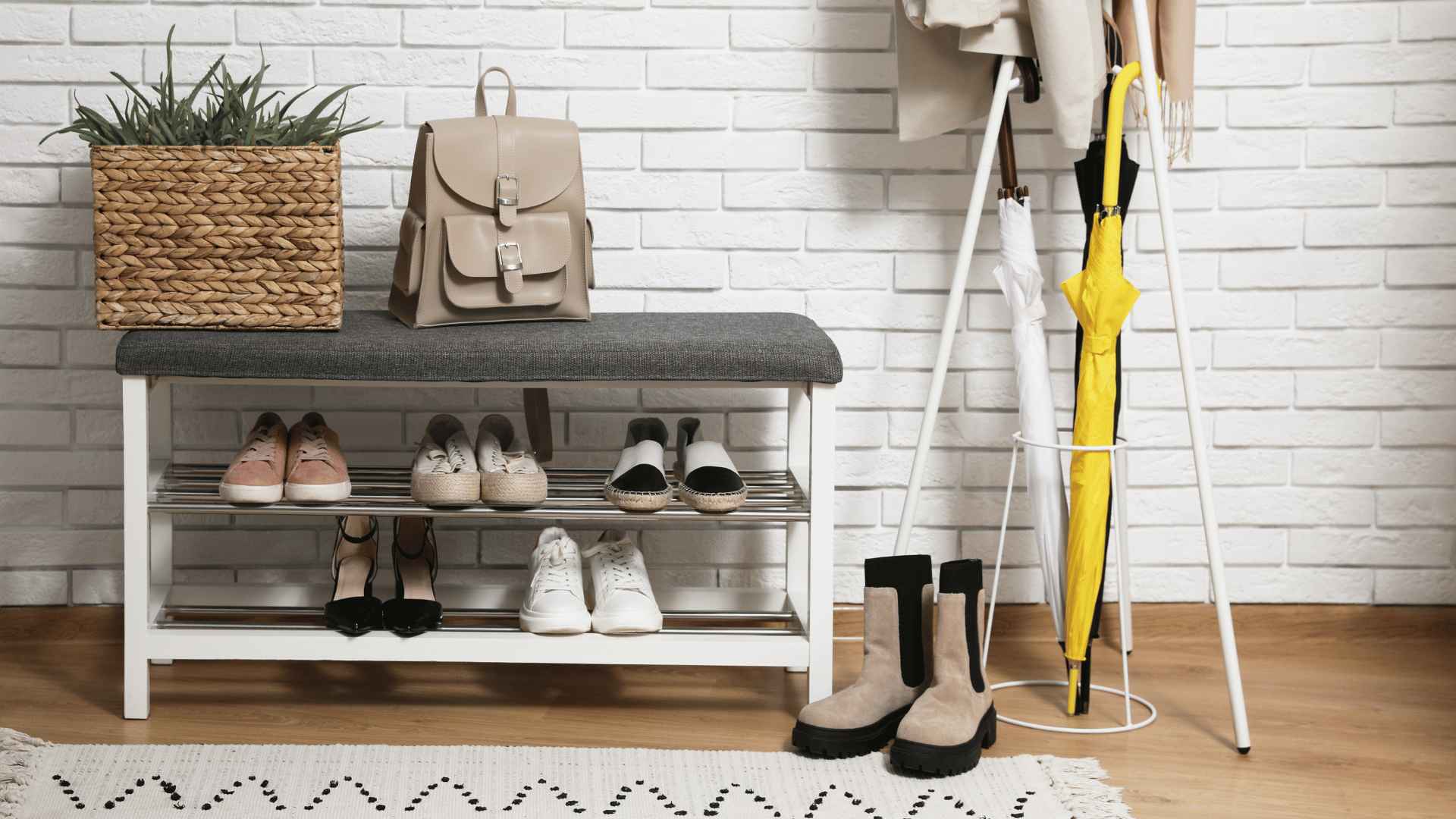
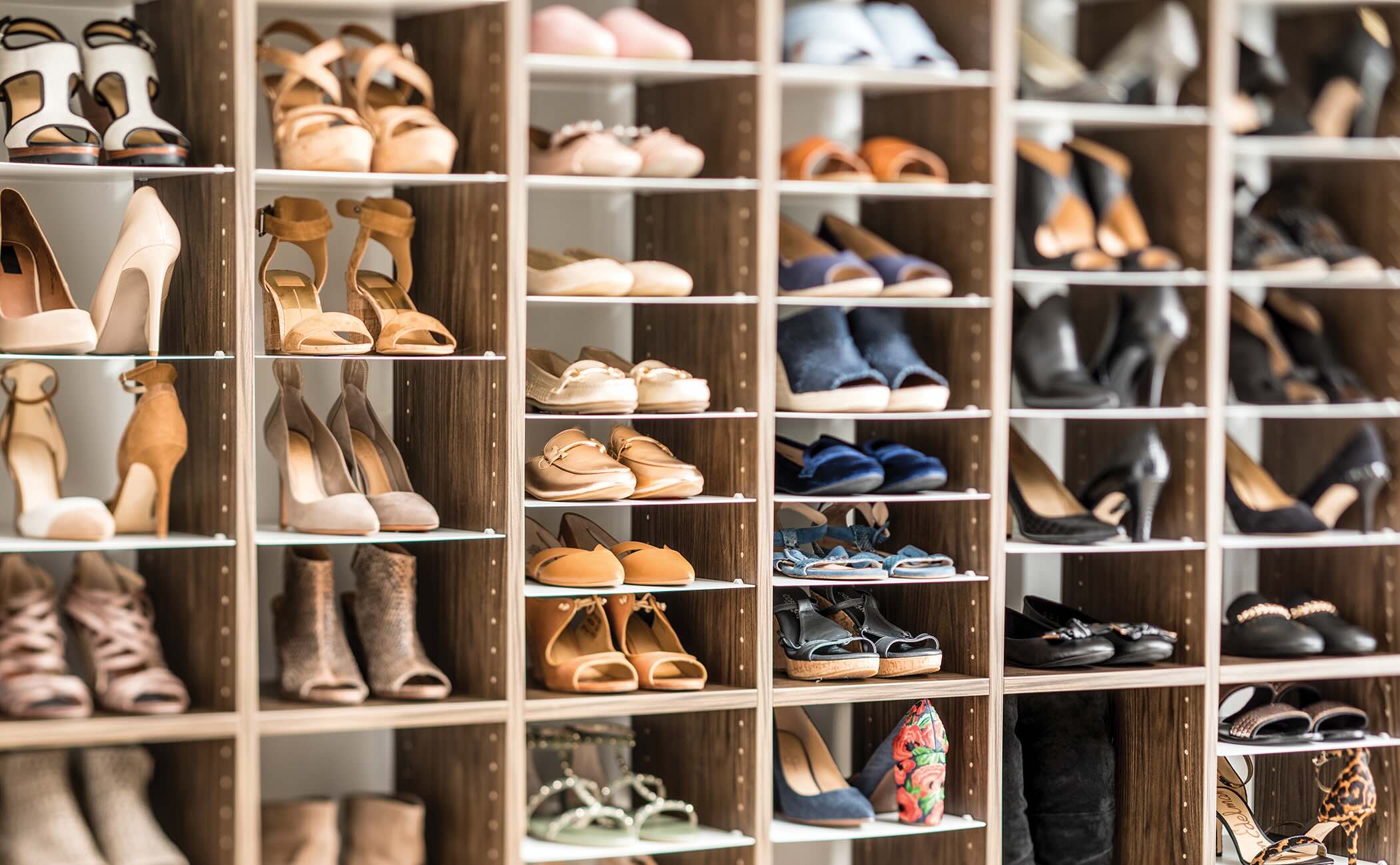
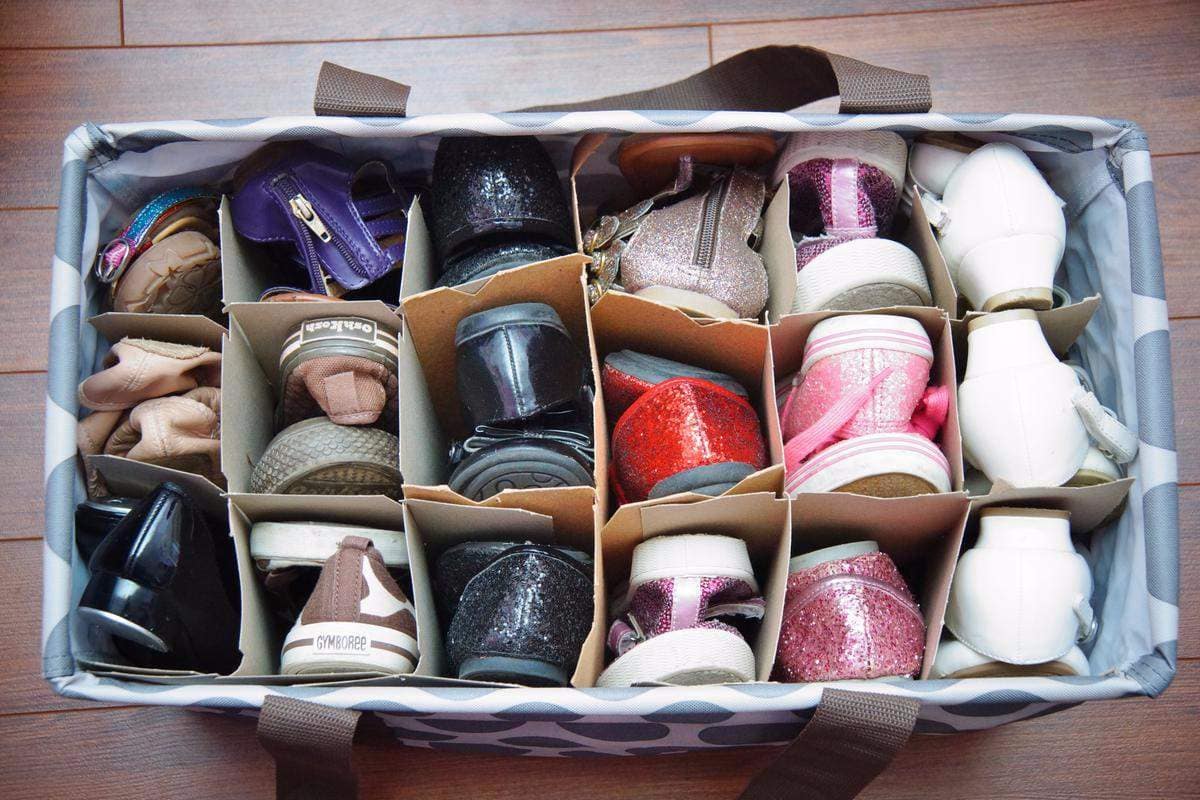

0 thoughts on “How To Store Shoe Boxes”